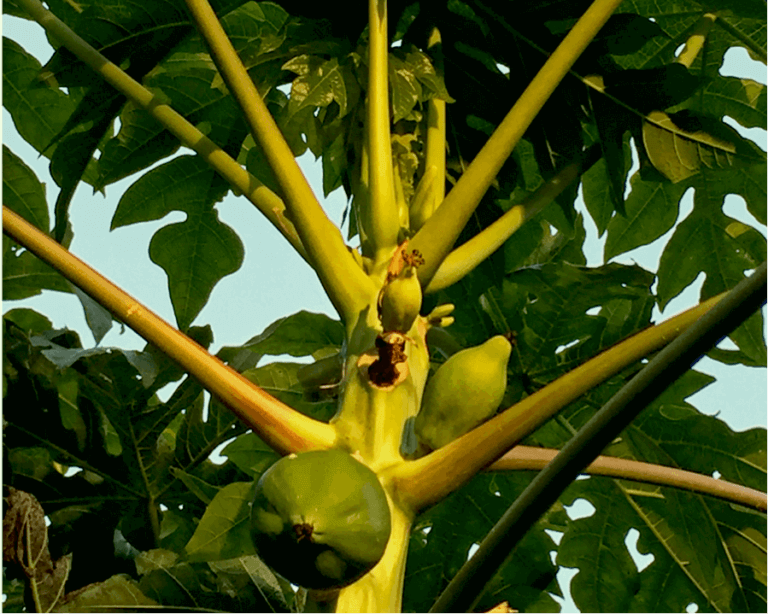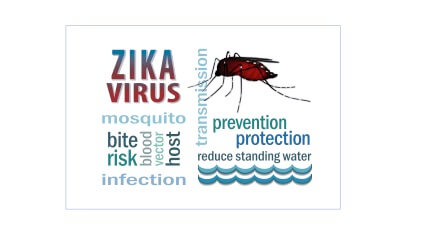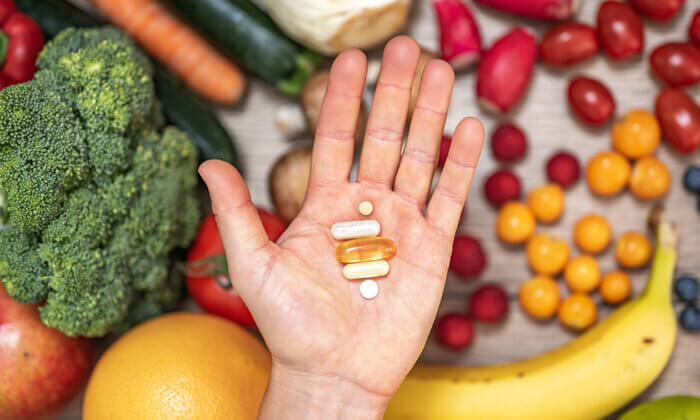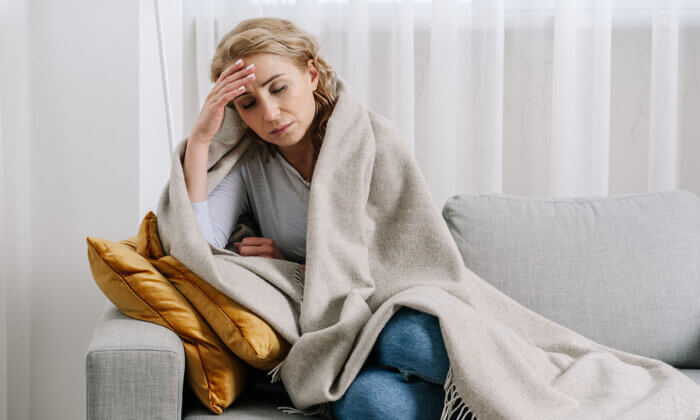How to Cure Dengue, Chikungunya, and Zika Fevers with Papaya Leaf
These tough viruses have nasty symptoms and no effective pharmaceutical cure. Yet, one promising natural treatment is simple and readily available in the tropics.
| | Reading Time: 5 minutes

In the fall of 2016, I was in the Yucatan chasing viruses. I heard that an entire Mayan village had contracted chikungunya, and I wanted to learn more.
The small town of Cheblekal, located about 10 miles north of Merida near the Gulf of Mexico, is home to several hundred people of Mayan heritage. Like all traditional pueblos in the Yucatan, Cheblekal has a modest central square with a little Catholic church, but not much else. It’s a village in decline, except that it is the gateway to the ruins of Dzibilchaltún.
Once a grand ceremonial and commercial center, Dzibilchaltún was occupied continuously for 3,000 years, right up to the time of the Spanish invasion. The ruins sprawl across a landscape of low-growing trees. The peaceful cenote, Xlacah, rises to the surface instead of going deep underground, its water is clear and still. Other smaller watering holes dot the region. During the rainy season from May through October, everything is wet and standing water breeds mosquitos.
Cheblekal was not the only area village struck hard by these viruses. Both chikungunya and dengue fever are epidemics around the Yucatan capital of Merida.
Infection rates peaked in September 2015, when patients overwhelmed private clinics and hospital emergency rooms. But Cheblekal took the biggest hit.
The same genus of mosquitos (Aedes) that transmits dengue, yellow fever, and zika viruses carries chikungunya. Symptoms of chikungunya, dengue, and zika overlap, making diagnosis difficult, and reliable lab tests are hard to come by in the Yucatan.
Zika is the latest in this line of very scary viruses. Is something happening that we’ve never seen before?
Climate warming and environmental disruption provide the perfect conditions for mosquitoes to breed and spread disease. Mosquitos do well in warm moist environments, and breed in standing water. They can reproduce in undrained flower pots and even a thimble full or water is enough to hatch several mosquitos.
Most cases of these mosquito-borne viruses occur among Latin America’s poor like those in Cheblekal, who live in crowded conditions, without window screens or mosquito netting. They have little awareness of public health measures like preventing standing water in old tires, pots, and plastic containers.

When people got sick in Cheblekal, as in other parts of Merida, they went to the local clinic or hospital for treatment. However, they were disappointed because there is no treatment for zika and chikungunya other than anti-inflammatory drugs like ibuprofen, naproxen, acetaminophen, or paracetamol. So, the locals turned to a plant remedy that grew in their yard.
The Power of Papaya Leaf
One of the features of dengue and chikungunya infection is a marked drop in platelets, a type of blood cell that helps manage blood clotting. When platelet levels plummet, spontaneous bleeding can occur, as happens with hemorrhagic dengue.
Experienced Mexican doctors know that viruses carried by Aedes mosquitos cause the telltale symptoms of fever, severe joint pain, and rash. They also know that chikungunya causes mainly fever and severe joint pain, but rarely causes sore throats or a cough. Dengue fever has similar symptoms and also lowers platelets. White blood cells can also decline because of dengue and chikungunya infection, but it’s more common in dengue cases.
Zika has the same symptoms of fever, joint pain, and body rash, though milder than dengue or chikungunya. It doesn’t drop white cell or platelet counts. However, it attacks the nervous system and can cause birth defects in pregnant women, or induce paralysis.
Since Aedes mosquitos carry all three of these viruses, co-infection with zika and dengue can occur. It is likely that Aedes harbor many other pathogens, though not all at the same time, making co-infections more frequent than previously thought.
Papaya leaf has caught on as a treatment for dengue, chikungunya, and zika. It was first used in India as a natural spray to kill Aedes aegypti mosquitoes that carry dengue and yellow fever viruses. According to one study, papaya leaf spray is toxic to the mosquito larvae but safe to use around people.
So, people infected with the viruses started to take papaya leaf tea or juice, and it worked. Scientists investigated and found that papaya-leaf extract quickly increases platelet and white blood cell levels.
Various preparations are available in India and Indonesia, including extracts of papaya leaf in capsules and tinctures. Other preparations use papaya leaf juice. Here is one preparation method you can try at home.
Fresh Papaya Leaf Recipe:
- Select 10 fresh papaya leaves.
- Cut away and discard the long stem and central veins.
- Chop the leaves into small pieces and place in a blender.
- Blend with just enough water to make a liquid paste.
- Strain the fluid and discard the pulp.
To treat symptoms of dengue, chikungunya, or zika, take 2 tablespoons of papaya leaf juice every three hours for two to three days. If symptoms persist, continue for one week.
For those without their own papaya trees, a few U.S. companies make papaya leaf tincture as well as powdered extracts in capsules and liquid form.
Since papaya leaf preparations in the U.S. are not FDA regulated, they may or may not work as the studies indicate for the commercially available preparations in Asia.
Papaya (Carica papaya) leaf is considered safe and non-toxic. Not only does the papaya tree produce edible fruit, but its enzymes support digestion. Other medical uses include the treatment of diabetes, high blood pressure, as an anti-parasitic, and to lower cholesterol.
My Own Experience
Though I grow papayas in my garden in South Florida and travel regularly to Cuba, Mexico, and Peru, where papaya trees are plentiful, I’ve yet to experiment with making papaya leaf preparations.
There are many papaya trees growing at the home of my friends where I stay in Merida, a few minutes from Cheblekal. One evening, I sat on their patio and exposed my ankles. Aedes mosquitos come out at twilight and like to bite low.
Soon, my lower legs were itching. Aedes bites don’t sting like their bigger relatives, but they really itch!
It takes about three days to get symptoms. So, I guess that was lucky. However, I really wanted to experiment with papaya leaves. I’ve had dengue, which I wrote about in my book, “Viral Immunity.” I’ve treated patients with chikungunya. But I guess on this trip, it was not my fate to get sick.
When I arrived at the Miami International Airport after my trip to Merida, I wasn’t surprised to see a poster at U.S. Customs warning pregnant women about avoiding exposure to the zika virus.
Expect to see a lot more viral sickness from Aedes mosquitos in the years ahead. Florida and the other Gulf of Mexico states are the most vulnerable in the United States.
Scientists are developing vaccines, that may or may not work, and new antiviral drugs that may not become available in time and may be very expensive. The alternative is cheaper.
Keep your immediate environment mosquitos proof, and learn ways to treat dengue, chikungunya, and zika infections with natural medicines like papaya leaf.


